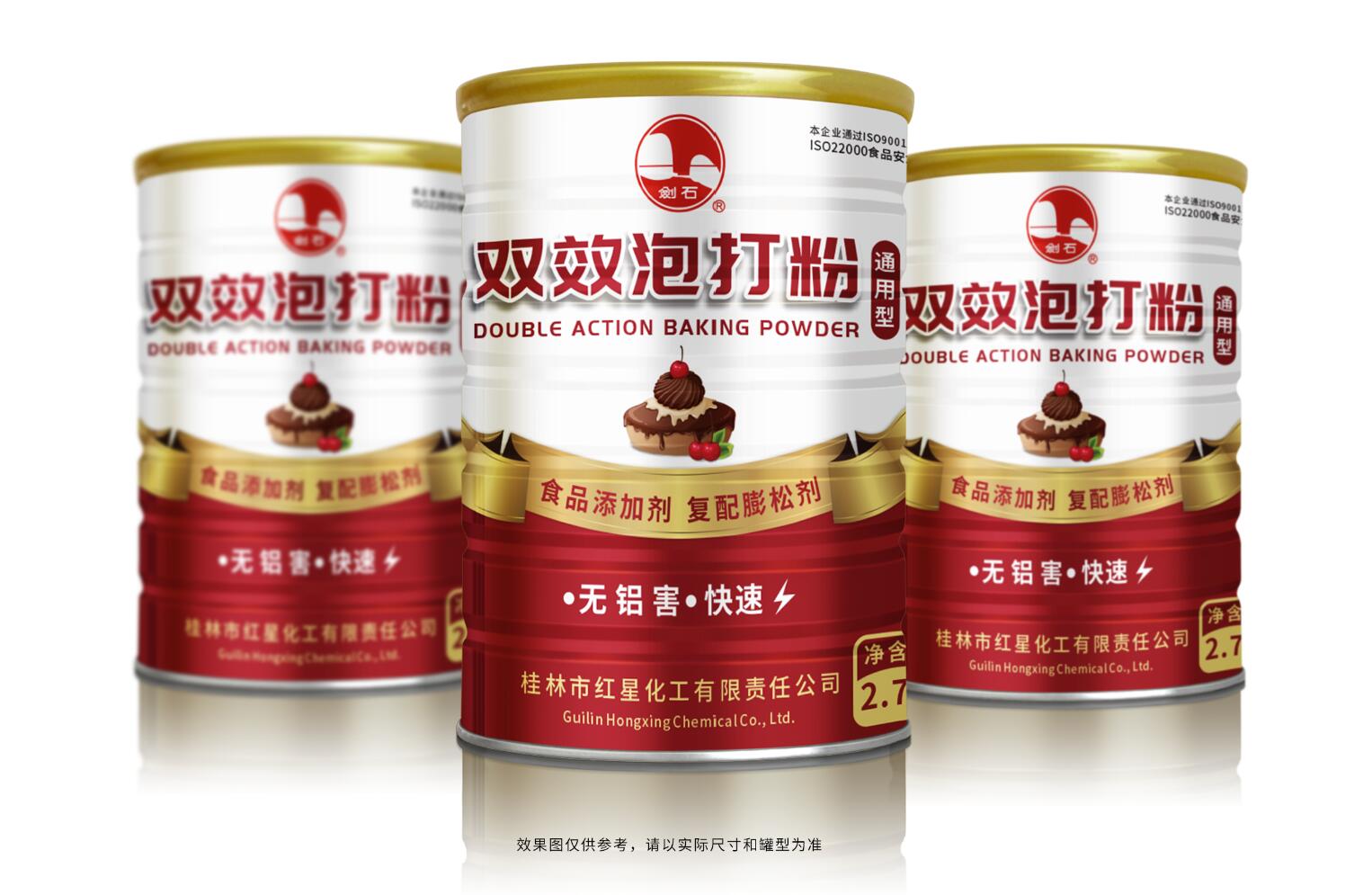The key differences between baking soda and Baking Powder are tabulated below:
Baking Soda | |
It has only one ingredient – Sodium Bicarbonate. | It consists of many ingredients, including bicarbonates (typically baking soda), and acid salts. |
It does not contain monocalcium phosphate. | It contains monocalcium phosphate, which reacts with NaHCO3 when wetted and heated. |
It reacts immediately with acids. | It does not immediately react when exposed to acids. |
Short leavening process. | The leavening process is extended with the help of a second acid. |
Baking products formed when baking soda is used are not as fluffy when compared to Baking Powder products, due to shorter reaction duration. | It gives fluffier products from baking. |
Baking Powder is alkaline and needs to be mixed with acidic ingredients in order to react. Baking Powder is baking soda with an added acidic ingredient. Chemical leaveners are divided into two categories.
A bicarbonate (HCO3–) that’s bound with a sodium atom (related compounds use potassium or ammonium to similar effect) when added to water, it dissolves and is able to react with acids to generate CO2.
In batter or dough schemes, including cakes and cookies, baking soda is typically used to provide leavening. When it comes into contact with acids and water, it emits carbon dioxide, thereby extending doughs and batters to create baked goods with a porous surface. It is an inexpensive, non-toxic, and easy-to-handle ingredient that doesn’t offer an off taste in the finished product.
A self-contained leavening system that generates carbon dioxide in the presence of water. Baking Powders by definition contain a baking soda and acids for that baking soda to react with.
The idea that these are categories, not single ingredients, is probably foreign to most home cooks, but the chemicals that make up a Baking Powder or baking soda can vary. Industrial food manufacturers use different compositions and particulate sizes depending upon the food being produced.
· Single-acting Baking Powders require only moisture to release gas. Like baking soda, they can be used only if the product is to be baked immediately after mixing. For all practical purposes, no single-acting Baking Powders are solid today. Practically single acting Baking Powders releases gas too quickly to be useful for most products.
· Double-acting Baking Powders releases some gas when cold but they require heat for complete reaction. Cake batters made with these can incorporate the leavening agent early in the mixing period and then stand for some time before being baked.

